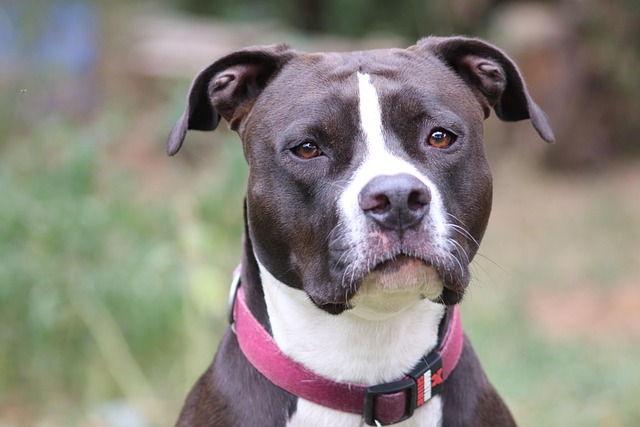
How can I tell if my dog's heatstroke is serious
Let’s be real: It’s a sticky August morning in Los Angeles, and you took your 2-year-old Golden Retriever, Max, for a walk a little later than usual
When rain hammers the roof or a busy schedule keeps you close to home, keeping your dog active doesn’t have to stop. Dogs need regular exercise to stay healthy and calm, but walking isn’t the only way to burn off that energy. With a little creativity, you can turn indoor spaces or small yards into fun zones that keep their tails wagging.
Start with interactive games that get their bodies moving and minds working. A good game of tug-of-war with a sturdy rope toy can get their muscles engaged—just make sure to set clear rules so it stays safe. Hide treats around the house and encourage them to sniff them out; this taps into their natural hunting instincts and keeps them moving from room to room. For bigger breeds, even a few rounds of fetch down a long hallway can do wonders, as long as you move fragile items out of the way first. Always check that any space you use is secure and free of hazards, which matters just as much as having a safe walking route.
Puzzle toys are another great tool to combine exercise with mental stimulation. Stuff a Kong with peanut butter or their favorite kibble, freeze it, and let them work to get every last bit. The effort of licking and nudging the toy not only keeps them occupied but also burns calories. You can also rotate toys to keep things interesting—switching between a treat-dispensing ball and a squeaky plush can prevent boredom, which often leads to destructive behavior. Remember, a mentally stimulated dog is less likely to chew furniture or bark excessively, keeping both of you happy and in line with community expectations.
 Short training sessions mixed with physical activity can double as exercise. Practice quick commands like “spin,” “jump,” or “fetch” in short bursts. Repeating these movements—even for 10 or 15 minutes—raises their heart rate and reinforces good behavior. For smaller dogs, setting up a low obstacle course with pillows or folded blankets to crawl over or weave through adds a fun challenge. Just be mindful of your dog’s joints; avoid high jumps for breeds prone to hip issues, and always stop if they seem tired.
Short training sessions mixed with physical activity can double as exercise. Practice quick commands like “spin,” “jump,” or “fetch” in short bursts. Repeating these movements—even for 10 or 15 minutes—raises their heart rate and reinforces good behavior. For smaller dogs, setting up a low obstacle course with pillows or folded blankets to crawl over or weave through adds a fun challenge. Just be mindful of your dog’s joints; avoid high jumps for breeds prone to hip issues, and always stop if they seem tired.
If you have access to a fenced yard, even a small one, supervised play can substitute for a walk. Tossing a frisbee or rolling a ball for them to chase lets them run without straying too far. On hot days, fill a kiddie pool with shallow water for a cooling play session—many breeds love splashing around to beat the heat. Always keep an eye on the weather and adjust activities accordingly; extreme temperatures call for indoor options to keep them safe.
The key is to match the activity to your dog’s age, breed, and energy level. A terrier might need more intense games than a bulldog, while a puppy will tire faster than an adult dog. Whatever you choose, consistency matters most. Regular play and exercise—whether indoors or out—keep your dog healthy, reduce stress, and strengthen the bond between you. After all, a well-exercised dog is a joy to be around, no matter how you get that energy out.

Let’s be real: It’s a sticky August morning in Los Angeles, and you took your 2-year-old Golden Retriever, Max, for a walk a little later than usual

You're enjoying a summer afternoon at the park when you notice your dog has stopped panting and appears disoriented - their gums are bright red

Let’s paint the picture: You’re in your Denver apartment, watching your 4-year-old Boston Terrier, Ruby, plop down mid-play session with her favorite toy

Many dog owners notice their pets nails seem shorter after regular walks,but how much does this daily activity actually help?The answer depends on where you walk—concrete sidewalks or asphalt streets gently file nails as a dog's paws hit the ground

Most dog owners notice their pup scooting across the carpet at some point, but few connect it to impacted anal glands. These small sacs near a dog’s rectum secrete a scent for marking territory

Most vets agree that regular dog teeth cleaning is key to avoiding painful dental issues later. For healthy adult dogs, a professional cleaning at the vet’s office every 12 to 18 months usually works well.